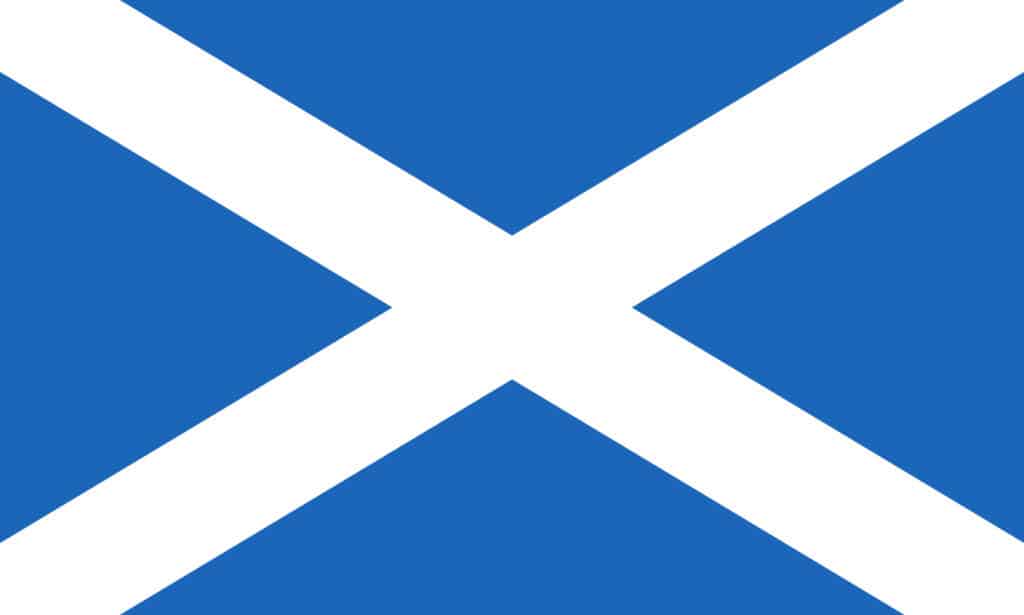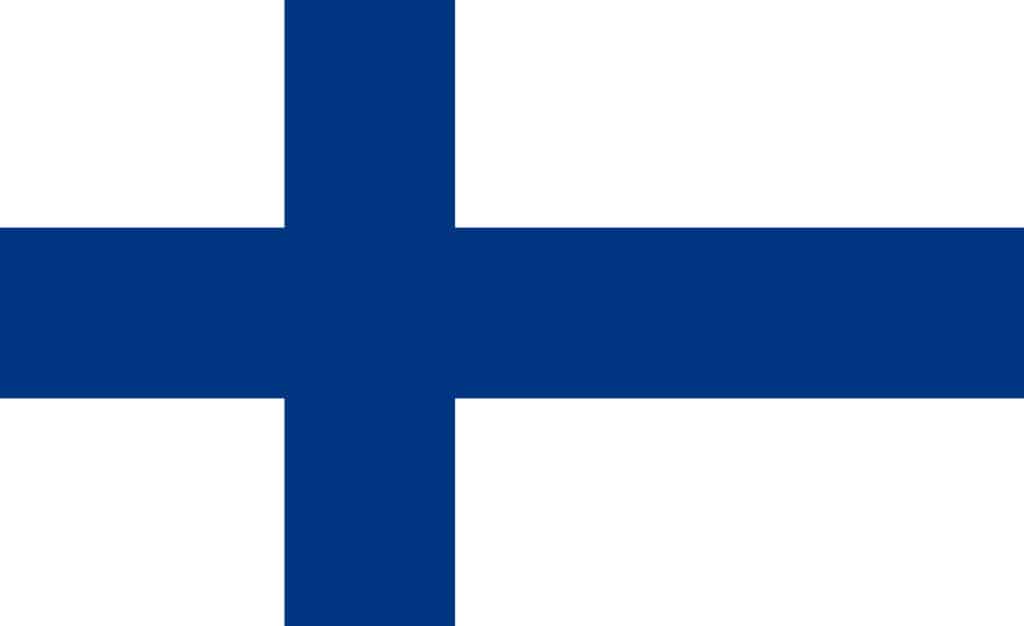
There are 195 countries worldwide, and each has its own story to tell. Whether it’s a newer country like Kosovo or one steeped in ancient history, such as Japan, each has a series of events that lead up to its independence.
And with these 195 countries comes 195 flags, all symbolizing the country’s story. The flags of the world are like the colors of the rainbow. Today, I will discuss blue and white flags that bear a cross.
There are three countries whose flags are blue and white with a cross: Scotland, Greece, and Finland. The Canadian city of Quebec also bears these attributes.
Let’s look at each of these nations and what their history tells us, along with the history of their flag.
Scotland

Scotland is a country near to my heart as my family lineage goes back to Robert the Bruce. And it has a fascinating history.
Scotland’s story begins in the 1rst century with the arrival of the Roman Empire until they were forced out. Gaelic raiders started to colonize Wales and Western Scotland. In the 6th century, the Gaelic kingdom of Dal Riata was founded.
Viking invasions began at the end of the 8th century, forcing the Gaels to unite with the Pagan Picts, and the Kingdom of Scotland was formed. After struggles with succession, England’s Edward I took advantage of the situation, starting the Wars of Scottish Independence. But Scotland claimed victory as an independent kingdom.
After centuries of brutal fighting with the English, James VI of Scotland also became James I of Scotland in 1603. But it wasn’t until 1707 that the two countries would merge into the Kingdom of Great Britain.
Scotland would become a powerhouse during the Industrial Revolution, and to this day, there are still talks of Scotland regaining its independence from the British.
The Flag of Scotland
Scotland’s flag, also known as St. Andrew’s cross, consists of a white cross against a blue background.
The 1320 Declaration of Arbroath states the country’s conversion to Christianity by St. Andrew. The diagonal cross, also called the saltire, was initially used in the middle ages as a field sign. Still, the unification between the sign and the crucifixion of St. Andrew originated in the later 14th century.
It was decided in 1385 that every soldier must bear the saltire. The flag is noted as first being flown as the flag of Scotland in 1507.
Greece

The history of Greece goes back to the Paleolithic Period, 3.3 million years ago. Over thousands of years, Greek civilization spread through the Hindu Kush Mountains in Afghanistan and into Egypt.
It was in 800 BCE to c. 700 BCE that Homer wrote his Iliad and Odyssey, and between 800 BCE and 500 BCE, Greeks began to colonize around the Mediterranean and Black Seas.
Alexander the Great reigned between 336 BCE and 323 BCE and invaded Egypt in 331 BCE. Roman general Sulla sacked Athens in 86 BCE, and by 31 BCE, Greece had been absorbed into the Roman Empire.
Moving ahead into the modern day, The Kingdom of Greece was established in 1832 and secured its full independence from the Ottomans after almost 400 years. The Kingdom of Greece would dissolve in 1924 and again in 1974.
Today Greece is also known as the Hellenic Republic and is ruled by incumbent Prime Minister Kyriakos Mitsotakis.
The Greek Flag
Greece’s flag has undergone several changes but was adopted as the Flag of Greece in January of 1822. Between 1822 and 1978, the flag was used only at sea and in foreign service.
In 1978, the flag was established as the only national flag of Greece, as well as the war and civil Ensign.
Finland

The beautiful country of Finland begins its story in 9,000 BC during the last glacial period. The Finnish Bronze Age started in 1500 BC, and the Iron Age in 500 BC.
The earliest writings about Finland are found in the 12th century when the Catholic Church began its domination of Europe. From the 13th century on, most of the region became the Kingdom of Sweden, but after the Finnish War in 1809, the country became the Grand Duchy of Finland under the rule of the Russian Empire.
A strong sense of Finnish pride emerged in the 19th century and soon began a celebration of Finnish traditions and folklore. In 1917, war broke out between the Red Guards, who supported Russia, and the White Guards, an opposition to the communists. The White Guards gained the upper hand, but not without future wars with the Soviets.
Finland remains an independent country today.
The Flag of Finland
Finland’s flag, also called siniristilippu, or Blue Cross Flag, was established in the 19th century. A blue Nordic cross is set against a white background, representing Christianity.
Like Sweden, the Finnish flag is based on the Scandinavian cross and was founded after the country’s independence from Russian rule. Many Finnish people strongly desired a flag for their country.
The blue cross represents not only Christianity but the thousands of lakes throughout the country and the blue sky. The white of the flag represents the snow that spreads over the land in the winter. Together, these colors have been combined to represent many of the country’s town and military flags.
Quebec, Canada

While Quebec itself is not a country, it was referred to as Canada from the 16th to 18th centuries. And the colors of Quebec’s flag are white and blue with a cross, so I felt I should include it in this article.
Quebec’s early history included the exploration of North America, the fur trade, the war against the British, and relations with the Native Americans.
Quebec became a British Colony after the Seven Years’ War and was first known as the Province of Quebec. It was named Lower Canada and then East Canada beginning in 1841 because of the Lower Canada Rebellion.
In 1867, the city allied with Nova Scotia, Ontario, and New Brunswick, forming the Confederation of Canada and Quebec sovereignty movement. The city’s history is represented by a lion, three maple leaves, its coat of arms, and the three fleurs-de-lis.
Flag of Quebec
The flag of Quebec represents the province of Quebec. It is also called the Fleur De Lis or lily flower in French. The flag sports a blue background with a white cross and four white fleurs-de-lis. It was originally flown on January 21st, 1948, and its usage was made law in March of 1950.
